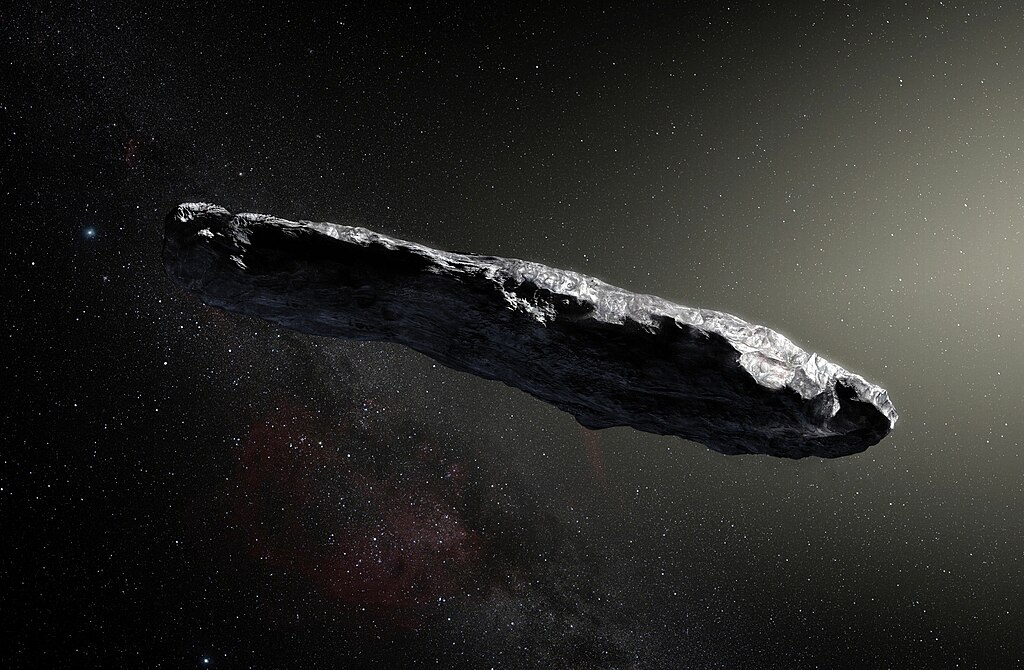
This image features NASA's Curiosity rover, a mobile robot for investigating Mars' past or present ability to sustain microbial life. Curiosity landed near the Martian equator on Aug. 5 PDT. In this picture, the rover examines a rock on Mars with a set of tools at the end of the rover's arm, which extends about 7 feet (2 meters). Two instruments on the arm can study rocks up close. A drill can collect sample material from inside of rocks and a scoop can pick up samples of soil. The arm can sieve the samples and deliver fine powder to instruments inside the rover for thorough analysis. The mast, or rover's "head," rises to about 6.9 feet above ground level, about as tall as a basketball player. This mast supports two remote-sensing science instruments: the Mast Camera, or "eyes," for stereo color viewing of surrounding terrain and material collected by the arm; and, the Chemistry and Camera instrument, which uses a laser to vaporize a speck of material on rocks up to about 23 feet away and determines what elements the rocks are made of.



